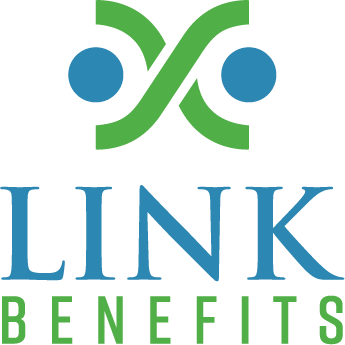Medicare
Medicare is the federal health insurance program for:
- People who are 65 or older
- Certain younger people with disabilities
- People with End-Stage Renal Disease (permanent kidney failure requiring dialysis or a transplant, sometimes called ESRD)
How to get started
Medicare Advantage, Medicare Supplement (MediGap), and Medicare Prescription Drug (PDP) Insurance
Medicare Beneficiaries are protected from sales and marketing companies. Medicare Beneficiaries usually receive marketing material only in the mail. Salespeople and marketing companies are not allowed to solicit Medicare Advantage Plans by phone, or email. The proper way for agents to have access to Medicare Beneficiaries, is to have your permission, in writing, two days in advance of talking about Medicare Advantage Plan details. For this reason, we need to collect the Scope of Appointment Form from you, before we can provide you with details about Medicare Advantage Prescription Drug Plans, or Medicare Prescription Drug Plans. Please complete, sign and return the Scope of Appointment, for your agent, and we will contact you with Medicare information.
What are the parts of Medicare?
The different parts of Medicare help cover specific services:
- Medicare Part A (Hospital Insurance)
Part A covers inpatient hospital stays, care in a skilled nursing facility, hospice care, and some home health care. - Medicare Part B (Medical Insurance)
Part B covers certain doctors’ services, outpatient care, medical supplies, and preventive services. - Medicare Part D (prescription drug coverage)
Helps cover the cost of prescription drugs (including many recommended shots or vaccines).
How does Medicare work?
With Medicare, you have options in how you get your coverage. Once you enroll, you’ll need to decide how you’ll get your Medicare coverage. There are 2 main ways:
Original Medicare
Original Medicare includes Medicare Part A (Hospital Insurance) and Medicare Part B (Medical Insurance). You pay for services as you get them. When you get services, you’ll pay a deductible at the start of each year, and you usually pay 20% of the cost of the Medicare-approved service, called coinsurance. If you want drug coverage, you can add a separate drug plan (Part D).
Original Medicare pays for much, but not all, of the cost for covered health care services and supplies. A Medicare Supplement Insurance (Medigap) policy can help pay some of the remaining health care costs, like copayments, coinsurance, and deductibles. Some Medigap policies also cover services that Original Medicare doesn’t cover, like medical care when you travel outside the U.S.
Medicare Advantage
Medicare Advantage is an “all in one” alternative to Original Medicare. These “bundled” plans include Part A, Part B, and usually Part D. Most plans offer extra benefits that Original Medicare doesn’t cover — like vision, hearing, dental, and more. Medicare Advantage Plans have yearly contracts with Medicare and must follow Medicare’s coverage rules. The plan must notify you about any changes before the start of the next enrollment year.
Each Medicare Advantage Plan can charge different out-of-pocket costs. They can also have different rules for how you get services.
Medicare prescription drug coverage (Part D)
Medicare drug coverage helps pay for prescription drugs you need. To get Medicare drug coverage, you must join a Medicare-approved plan that offers drug coverage (this includes Medicare drug plans and Medicare Advantage Plans with drug coverage)
